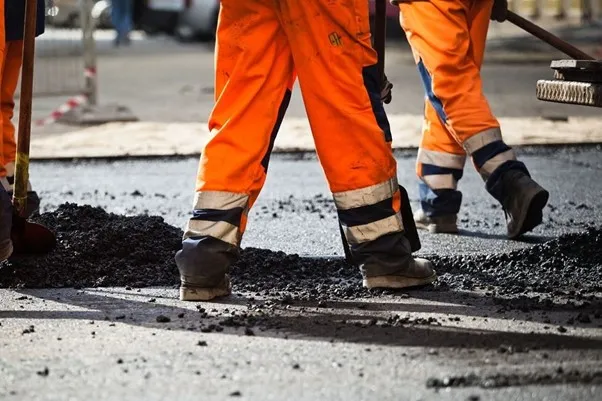The UK’s Highways Agency is telling drivers to take extra care and to stick speed limits at roadworks, to prevent deaths and injuries among both road users and road workers. Eight road workers have been killed in the last three years while improving and maintaining the strategic road network in England. In addition there are many near misses, with members of the public driving through coned off areas or colliding with works vehicles. The UK Government is investing additional funding in road improvements acr
April 10, 2013
Read time: 3 mins
The UK’s 2309 Highways Agency is telling drivers to take extra care and to stick speed limits at roadworks, to prevent deaths and injuries among both road users and road workers. Eight road workers have been killed in the last three years while improving and maintaining the strategic road network in England. In addition there are many near misses, with members of the public driving through coned off areas or colliding with works vehicles. The UK Government is investing additional funding in road improvements across the country to reduce congestion, boost economic growth, and improve safety. Over the next two years this will mean more roadworks as the Highways Agency delivers these improvements. While the Highways Agency plans roadworks so as to minimise disruption wherever possible, there are large numbers of road workers, traffic officers, and other operatives working on live carriageways on England’s motorways and trunk roads, often just a few metres from vehicles travelling at high speed. Roads minister Stephen Hammond said, “It is absolutely essential that all road users play their part when driving through roadworks, and keep within the signed speed limit. Those few seconds you might save by travelling too fast could cost lives.”
And Derek Turner, director of Network Delivery and Development for the Highways Agency said, “Road workers do a difficult and dangerous job carrying out vital work to keep roads safe and well-maintained. But they face danger every day while working close to fast moving traffic, in all weather conditions, and often at night. Speed limits, cones, and narrow lanes are there to keep road users safe, as well as provide a safe area for workers – often enabling us to keep roads open while essential work takes place. These measures smooth out the flow of traffic, give drivers more warning of hazards and reduce the risk of collisions involving road users and workers.”
To reduce the risk of incidents, drivers approaching roadworks are asked to keep within the speed limit, get into the correct lane in good time and avoid keeping switching lanes, concentrate on the road ahead and be alert for works traffic leaving or entering roadworks. Motorists are also asked to keep a safe distance, observe and comply with all signs and be alert for road workers.
And Derek Turner, director of Network Delivery and Development for the Highways Agency said, “Road workers do a difficult and dangerous job carrying out vital work to keep roads safe and well-maintained. But they face danger every day while working close to fast moving traffic, in all weather conditions, and often at night. Speed limits, cones, and narrow lanes are there to keep road users safe, as well as provide a safe area for workers – often enabling us to keep roads open while essential work takes place. These measures smooth out the flow of traffic, give drivers more warning of hazards and reduce the risk of collisions involving road users and workers.”
To reduce the risk of incidents, drivers approaching roadworks are asked to keep within the speed limit, get into the correct lane in good time and avoid keeping switching lanes, concentrate on the road ahead and be alert for works traffic leaving or entering roadworks. Motorists are also asked to keep a safe distance, observe and comply with all signs and be alert for road workers.









